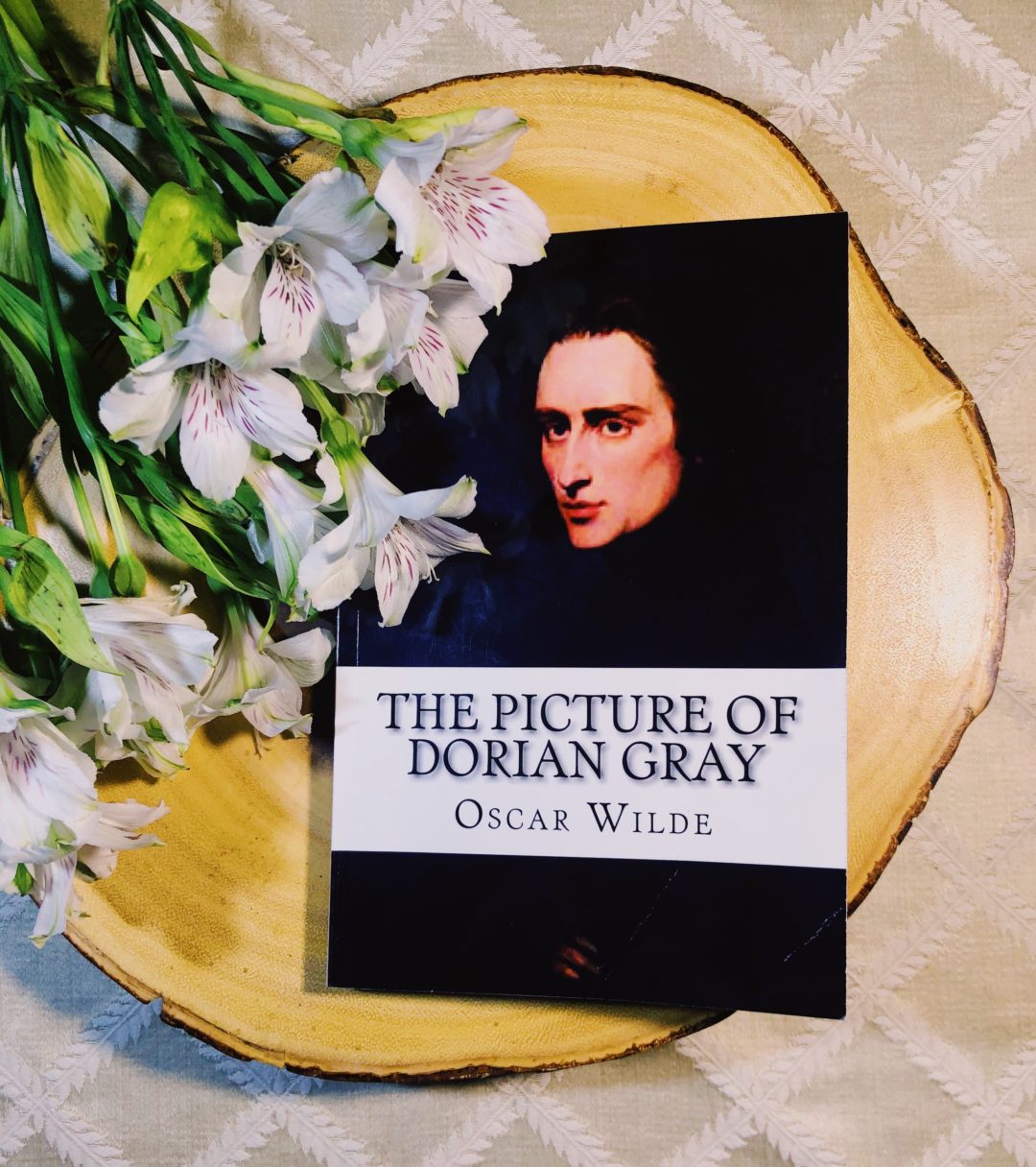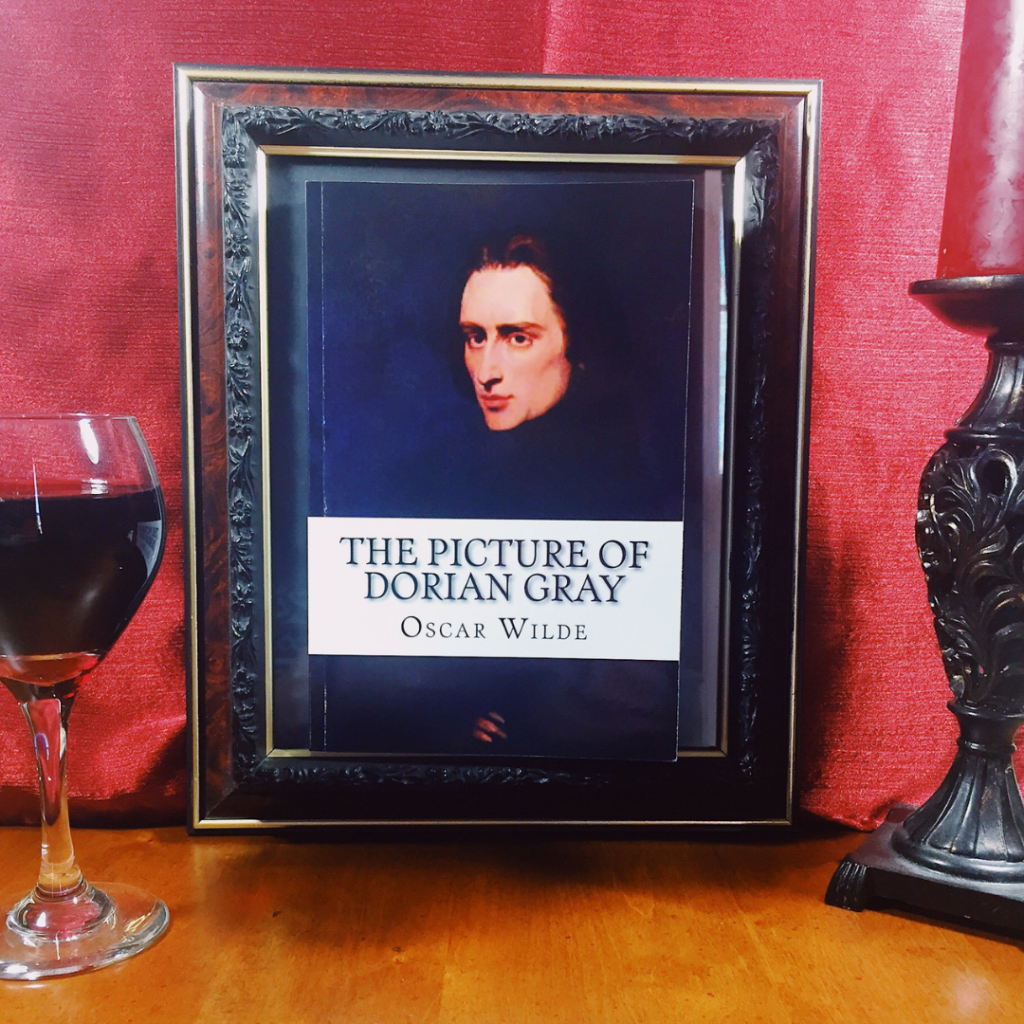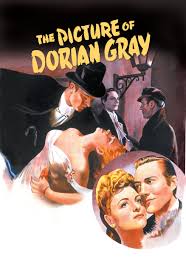This year, I set a reading goal to get some of the “should reads” off of my TBR shelf. My “should read” books are classics that I feel as if I should have read in high school or college and either never got the opportunity, or just never took the opportunity. My goal for 2019 is to get 12 of those book titles off of my TBR list and onto my ‘Read’ Shelf by reading one title a month. Click here to read more about the #BIyearofclassics challenge.
My January book pick was Murder on the Orient Express by Agatha Christie. Check out this link to read more about January’s challenge.
February’s book pick was The Picture of Dorian Gray by Oscar Wilde. Click here for more info on how this book was chosen.
This post may contain affiliate links through which I make a small commission when you purchase something – at no additional cost to you! See the Disclosures page for more information.
This book was a lot different than Murder on the Orient Express. That was a fun mystery. This was a social commentary on the hedonistic pursuits of a young man afraid to grow old. So afraid, in fact, that he, in essence, sells his soul for his good looks and eternal youth.
Truthfully, I found it a bit hard to get through. Some parts of it really dragged and were overly descriptive. However, in other places the story picked up and I was drawn back in. Even throughout the slow parts, this is probably the most quotable book I’ve read in a long time. It seemed like every page held a golden nugget of language, and I was constantly reaching for my highlighter so I wouldn’t miss a thing.
Most of the quotes I highlighted are attributed Lord Henry Wotton, a man whose philosophies both enthralled and ruined Dorian Gray. Wotton espoused the belief that one should experience life and not be bogged down by duty or morals or fear. Wotton himself, adhered to little of this in his own life, however, Dorian lived it fully and in the end it ruined him.
Here are some of the best quotes I found that portray some of Lord Henry’s rather questionable philosophies:
“The only way to get rid of a temptation is to yield to it. Resist it, and your soul grows sick with longing for the things it has forbidden to itself, with desire for what its monstrous laws have made monstrous and unlawful.”
To get back one’s youth, one has merely to repeat one’s follies.
“Nowadays people know the price of everything and the value of nothing.”
“When one is in love, one always begins by deceiving one’s self, and one always ends by deceiving others. That is what the world calls a romance.”
If one doesn’t talk about a thing, it has never happened. It is simply expression that gives reality to things.
“Moderation is a fatal thing. Enough is as bad as a meal. More than enough is as good as a feast.”
At the beginning of the month, I posted some questions that I would consider as I read this classic.
Here are those questions and my attempts at answering them:
In the preface (be sure to read this), Wilde writes that “there is no such thing as a moral or immoral book.” In other words, art has no effect, other than aesthetic, on individuals or society. Do you agree with Wilde’s premise? Does this novel adhere to his statement?
I don’t think a book itself can be moral or immoral, although of course it can deal with moral or immoral subjects. I do, however, think that art / literature can have an effect on society. Isn’t the Bible proof of that? Although we are influenced by art, we also cannot blame it for our actions. We alone are responsible for what we do – including what we read. And if we choose to read something about an immoral subject, than its effect on us is also our choice. I think this book displays this premise perfectly. Dorian was influenced by Henry Wotton and by the book Lord Wotton gave to him. However, was that Wotton’s fault? Or the book’s fault? The portrait of Dorian changed as his morality changed, but did that make the painting immoral, or Dorian? I think that confirms Wilde’s premise that it is not the art that is moral or immoral; rather it is our actions that can be deemed one or the other.
Discuss Dorian’s portrait. What does it represent? What does it suggest about the effect of experience on the soul? Why does Dorian hide it in the attic?
Dorian’s portrait is like a picture of his soul. It changes as his soul changes, becoming dark and ugly as his actions became more and more dark and ugly. Dorian hides the portrait in the attic because he is ashamed of his behavior. He hides it very early in the book, after renouncing his engagement to Sybil Vane. She is devastated, and his reason for breaking it off was so shallow – just like everything else about him. Right after this happens, Dorian looks at the painting and sees a subtle change – a look of cruelty behind the eyes. Would others have even noticed that? But it was enough for Dorian to hide the painting. He was that afraid that others could see him for who he really was. There was a lot of self-loathing in Dorian.
Dorian’s scandalous behavior shocks his peers, yet he remains welcome in social circles? Why? What is Wilde suggesting about “polite” London society?
In the book it is implied that Dorian lives a scandalous life, and that he brings his friends down with him, often leaving them to the life he exposed them to, destroying them forever. Some were even said to commit suicide because their lives were ruined. However, Dorian remained beautiful. He remained clever; he remained a good conversationalist. And so, he retained his place in society. I think this exposes the author’s view of society and its shallowness. He lived to see it first-hand and used his art, literature, to expose it for what it was.
Discuss the ending: what does it mean?
In the end, Dorian is sickened by what he has become. He decides to destroy the painting with the same knife he used to kill Hallward. When he stabs the picture, his soul rushes back into him and all the ugly things that were once on the canvas now become part of him. Dorian dies there on the attic floor, ugly, diseased and old. The canvas becomes the picture that Hallward had once painted and shows Dorian as he was, young and beautiful, with a slash through the heart where Dorian stabbed it.
The film
I was able to get my hands on the 1945 version by Warner Brothers. It had an all-star cast including Donna Reed, Angela Lansbury and George Sanders. This movie followed the book very closely and did a great job casting. Angela Lansbury played Sybil Vane, Dorian’s first love. She was absolutely beautiful when she was young and did a great portraying the poor actress. She was nominated as Best Supporting Actress for this role that year. The film ended up earning Best Cinematography award. The movie is done in black and white, except for when the portrait of Dorian Gray is displayed. That is in full color, which makes it a very dramatic scene.
If you are interested in this story, you should definitely check out this movie! It’s worth the watch!
About the Author
I love to read about the backgrounds of famous people, so I took the opportunity to do a little research on Oscar Wilde. He reminded me very much of Dorian Gray and seemed to follow his own hedonistic philosophies. Wilde was well liked in society. He was handsome, smart and fun to be around. He was also very talented and wrote many plays. Wilde married Constance Lloyd, the daughter of a wealthy lawyer to the Queen. They lived a lavish life both off of royalties from his plays and from her dowry, which would amount to around $32,000 per year today.
In 1890, Dorian Gray was published as short fiction in a literary magazine, and immediately it received harsh reviews from the critics who felt that the subject-matter was immoral. This was mostly due to the allusions of homosexuality. Wilde responded back to the tabloids, and then released the full version of the book the next year.
1891 was the same year that Wilde met Lord Alfred Douglas and the two began a stormy love affair. Douglas introduced Wilde to the seedier side of the London homosexual scene and Wilde, like Dorian, took to it wholeheartedly.
In 1895, the Marquess of Queensbury, Lord Douglas’ father, accused Wilde of being a sodomite, which was against the law, and Wilde was arrested. He went on trial, was found guilty and served 2 years of hard labor. When he finally got out of jail, he was destitute. He moved to Paris and tried to write again, but only wrote one more book about prison life. Oscar Wilde died on November 25, 1900 of meningitis.
In Closing
All in all, this was a great book choice and I am glad that I was took the opportunity to read it. It was a short book, full of descriptive language, and fascinating philosophy. I recommend it to all who anyone looking to read some classics!
March’s #BIreadingchallenge pick will be announced on the blog this Friday, March 1. Make sure to come back and read all about it!
If you would like to receive updates on the reading challenge, book reviews and book lists right in your inbox, make sure to sign up for the Bookish Inspiration monthly newsletter! Sign up today so you won’t miss a thing!







Thank you for this very interesting post. I liked the way the part of the article in which you answer the questions about the book. I mostly agree with your answers but I think the way the first question is formulated is somewhat limiting. For me, “there is no moral or immoral book” is not exactly synonym to “art has no effect, other than aesthetic”.